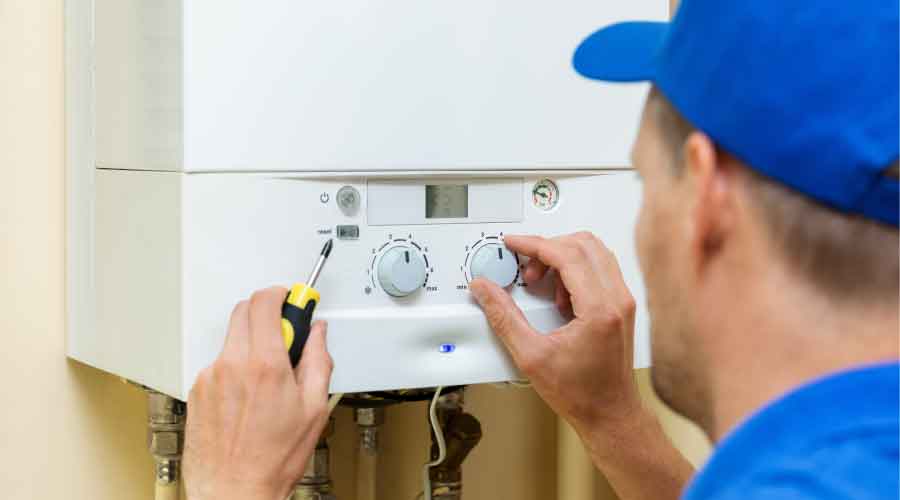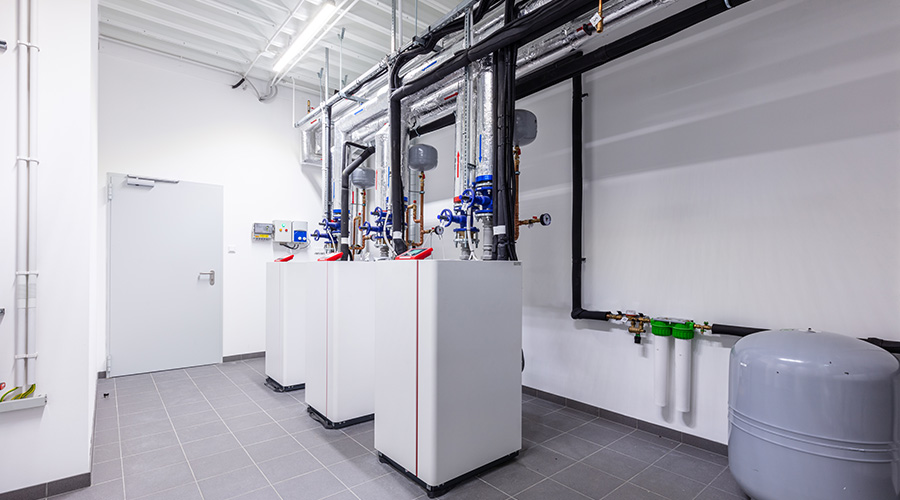Training and Safety Tips for Refrigerant Management
Any compliance program must focus on safety. Chlorofluorocarbons and hydrochlorofluorocarbons are heavier than air. In a confined space, a sudden and sufficient refrigerant release can result in the displacement of air and asphyxiation. Oxygen starvation is the leading cause of death in accidents involving refrigerants. Even in lower concentrations, refrigerants’ sudden release can cause skin damage, frostbite, and blindness.
Training is the best line of defense in refrigerant safety. While regulatory compliance requires the certification of all personnel who work with refrigerants, certification is only the first step. All employees who work with or around refrigerants must receive thorough training in all work processes, policies, and safety issues.
Before employees can work on a particular piece of equipment, they must get proper training in its operation and maintenance. Too many accidents happen as a result of someone doing something they should not have, all because they are not familiar with a piece of equipment or its operation.
Training in handling and hazards, as well as basic emergency procedures, is mandatory for all employees who work with or around refrigerants.
Managers reviewing old procedures and developing new ones for the compliance program must focus on safety, including proper labeling of all refrigerant-using equipment, installation and proper use of safety interlocks and disconnects, and the use of appropriate personal protective equipment at all times when working with refrigerants.
Mechanical equipment rooms and areas where refrigerant is stored must have refrigerant-detection alarms to warn personnel in the event of a sudden, catastrophic release of refrigerant. Areas also must have enough light to allow those working with equipment and refrigerants to perform their tasks safely. Technicians must keep trash and other clutter out of these areas to permit safe access to equipment.
Finally, all areas where refrigerants are used or stored must have proper safety equipment, including eye-wash stations, first-aid kits, emergency-communication equipment, and fire extinguishers.
James Piper, P.E., is a national consultant based in Bowie Md., with more than 25 years of experience with facilities maintenance and management issues.
Related Topics:















